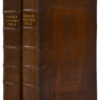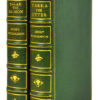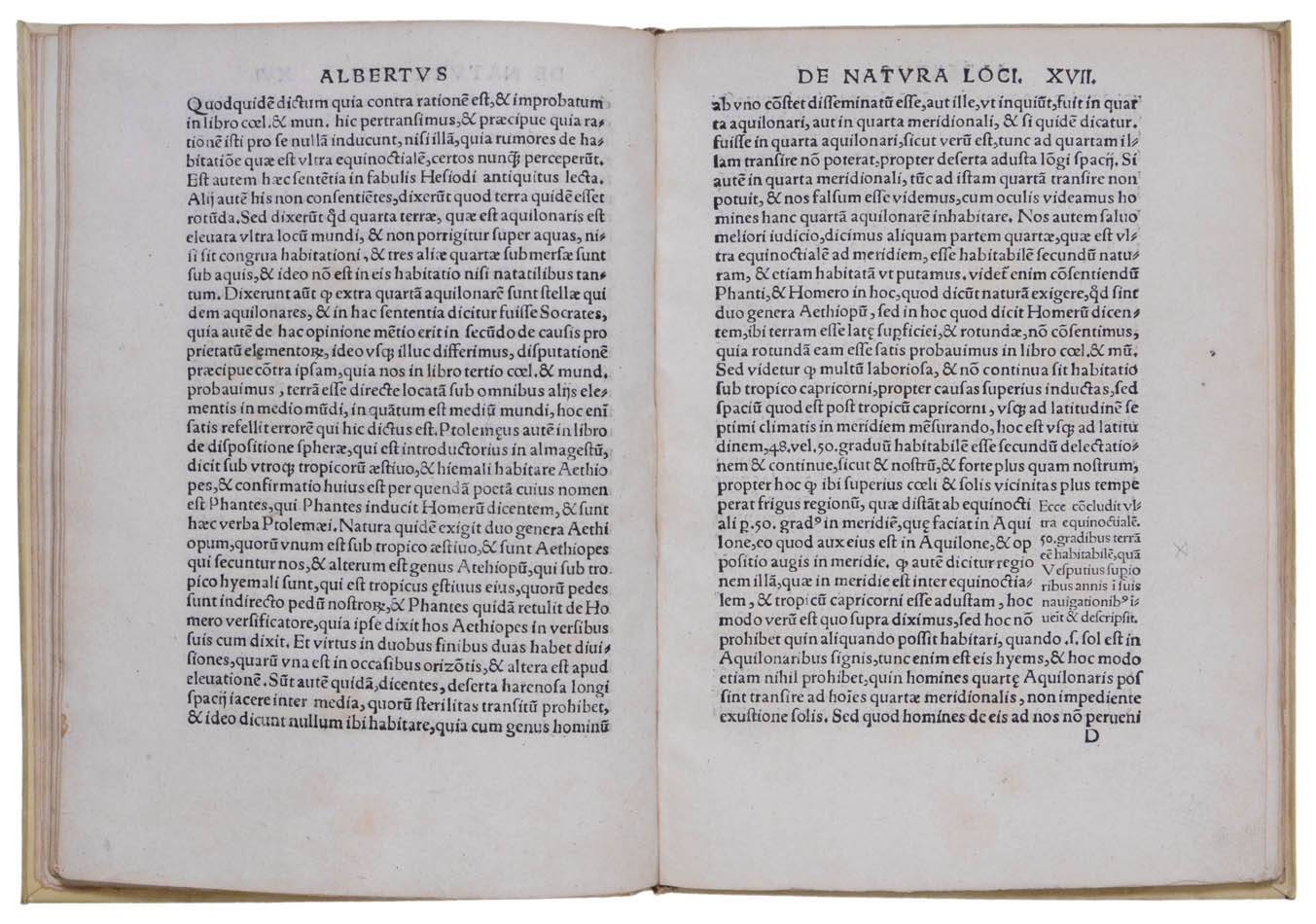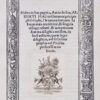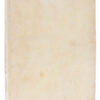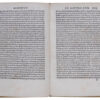Born into a noble German family, Albertus joined the Dominican order and taught in Paris and Cologne before becoming an administrator for the Catholic Church. He was a prolific author on a wide variety of subjects including theology, philosophy, astronomy and geography. One of his earliest books, De Natura Locorum was written between 1248 and 1252, and is important not only as the first work to consider geography as a separate discipline, but as the first attempt at a comparative geography, wherein Albertus describes how geographic factors, such as the height above sea level, proximity to the sea, mountains and vegetation, influenced the climate. He also considered life at the equator and the poles, assuming that the poles would be uninhabitable with half the year being day and half the year being night. In chapter VII, entitled: ‘As to whether the fourth part of the world is inhabitable, which stretches from beneath the Equinoctial pole to the Austral pole’, Albertus wrote that the Southern hemisphere is habitable, after which the editor has added ‘behold he concludes that it is habitable at 50° beyond the equator, as Vespucci has discovered and described by his voyages in previous years’. Franz Graf von Thun und Hohenstein (1847-1916) was born and died in Tetschen, Bohemia (now in the Czech Republic). He served as Governor of Bohemia from 1889 to 1896 and again from 1911 to 1915. He was also briefly Minister-President of Austria, and Minister of the Interior. In 1911 he was raised to the rank of Fürst (Prince).
Second edition, 8vo (215 by 150mm), 46 leaves, roman letter, woodcut border to title-page and device of the brothers Alantse at end, contemporary(?) vellum, unlettered, bookplate to title, a fine copy.
[JCB (European Americana), 515/3; Harrisse 78; Sabin 673.]Franz Graf von Thun und Hohenstein, Schloss Tetschen (armorial bookplate to title).

